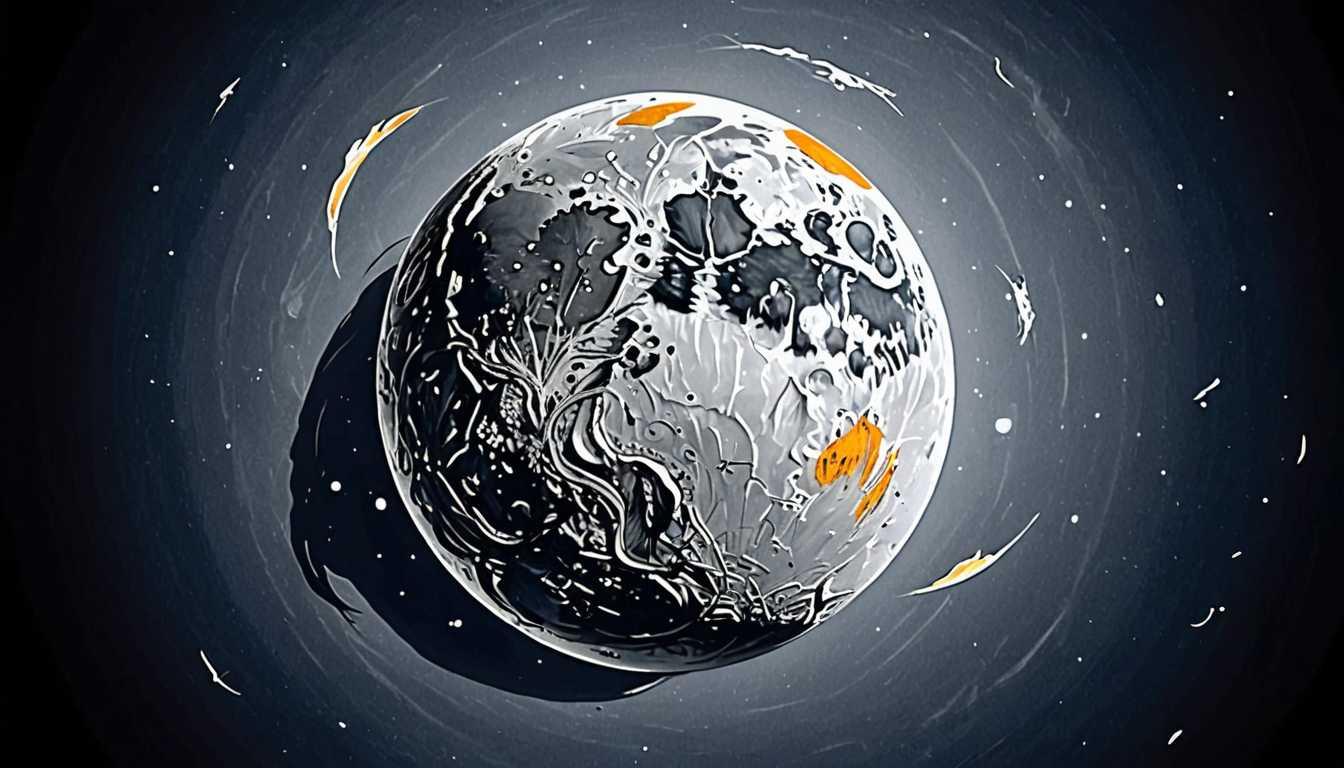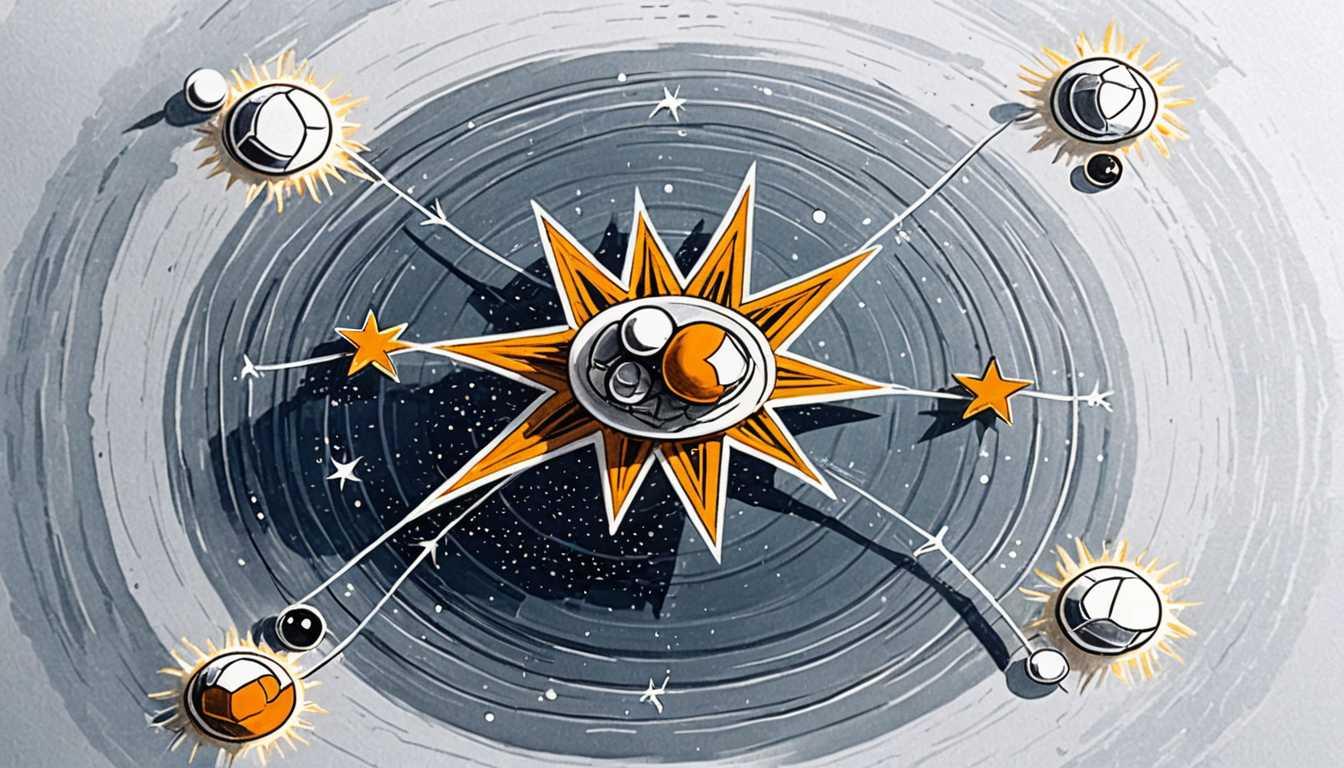Io's Eternal Volcanic Waltz
April 2024
California Institute of Technology
Introduction
Dive into the cosmic dance of Jupiter's moons with Caltech's latest findings! Discover how Io, the solar system's most volcanic moon, has been erupting for eons, thanks to a gravitational tug-of-war. This fiery spectacle, fueled by celestial mechanics, offers a glimpse into the dynamic forces shaping our universe. Check out the explosive details and sizzling science in this fascinating read!
READ FULL ARTICLEWhy It Matters
Discover how this topic shapes your world and future
Unveiling the Secrets of Space Volcanoes
Imagine a place more volcanically active than any location on Earth, where the ground is constantly reshaped by eruptions. This is Io, one of Jupiter's moons. Studying Io's volcanic activity helps us understand not only the moon itself but also offers insights into volcanic processes that might be common on other moons and even exoplanets. Learning about Io's volcanism and its causes, like gravitational squeezing from Jupiter and orbital resonances with other moons, highlights the interconnectedness of celestial bodies. This knowledge is crucial for understanding planetary systems beyond our own and can inspire you to think about how dynamic and interlinked the universe is. The study of such extreme environments also pushes the boundaries of science, helping us to develop technologies and methods that could be used here on Earth or in future space exploration.
Speak like a Scholar
Volcanism
The process of magma rising from the interior of a celestial body and erupting onto its surface as lava.
Orbital Resonance
A situation in which orbiting bodies exert a regular, periodic gravitational influence on each other, usually because their orbital periods are related by a ratio of small integers.
Sulfur Isotopes
Variants of the sulfur atom that have the same number of protons but a different number of neutrons, affecting their mass and physical properties.
Tidal Heating
Heating of a planet or moon's interior by the gravitational pull of another nearby body, causing it to flex and produce internal friction.
Elliptical Orbit
An orbit shaped like an elongated circle, or oval, which can cause varying distances from the orbited body and result in different gravitational forces experienced during the orbit.
Sublimation
The process by which a substance transitions directly from a solid to a gas phase, skipping the liquid state.
Independent Research Ideas
Comparative Analysis of Volcanic Features Across the Solar System
Investigate how volcanic features on Io compare with those on Earth, Mars, and Venus. This could reveal insights into different planetary geologies and volcanic mechanics.
The Role of Orbital Resonance in Celestial Mechanics
Study how the gravitational interactions between moons or planets in orbital resonance affect their geological and atmospheric characteristics. This could extend to exoplanetary systems to understand their habitability.
Chemical Signatures of Volcanic Atmospheres
Explore the chemical composition of atmospheres on volcanically active moons or planets. Understanding these could help predict volcanic activity and its impact on atmospheres in distant solar systems.
Impact of Tidal Heating on Moon Geology
Delve into how tidal heating influences geological changes over time on moons like Io and potentially exomoons. This research could help in understanding the internal structures of moons.
Longevity of Volcanic Activity and Its Implications for Habitability
Study the correlation between the duration of volcanic activity on moons and their potential to support life. This could be crucial for assessing the habitability of moons in our solar system and beyond.
Related Articles

Lasers, Ice, and Earth’s Ancient Secrets
August 2023
MIT Technology Review

Clouds' Icy Secrets Unveiled
August 2023
Stanford University

Io’s Volcanic Secrets: New Telescope Images!
June 2024
UC Berkeley

Resonance Unveiled: Ultracold Molecular Mysteries
February 2023
Massachusetts Institute of Technology (MIT)

Earth's Inner Core: A Slower Spin Revealed!
June 2024
Cornell News Highlights